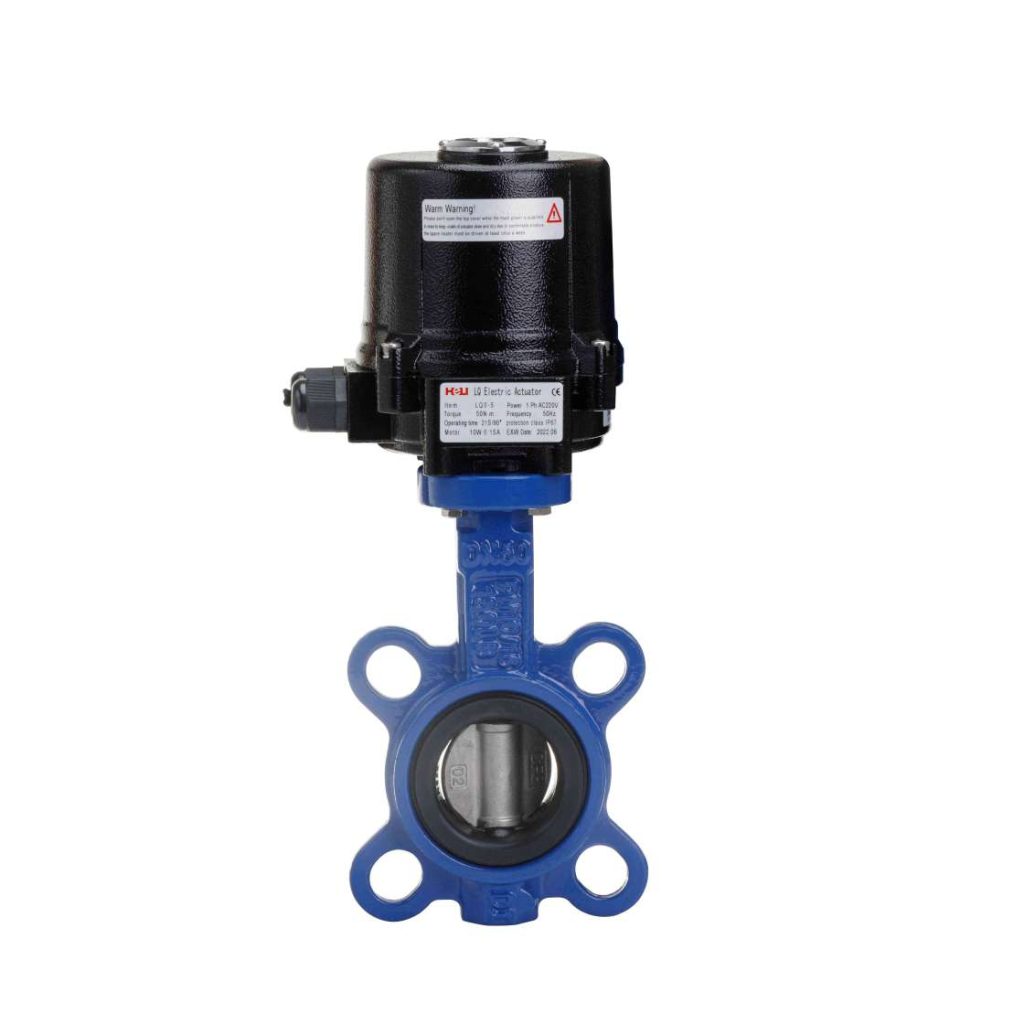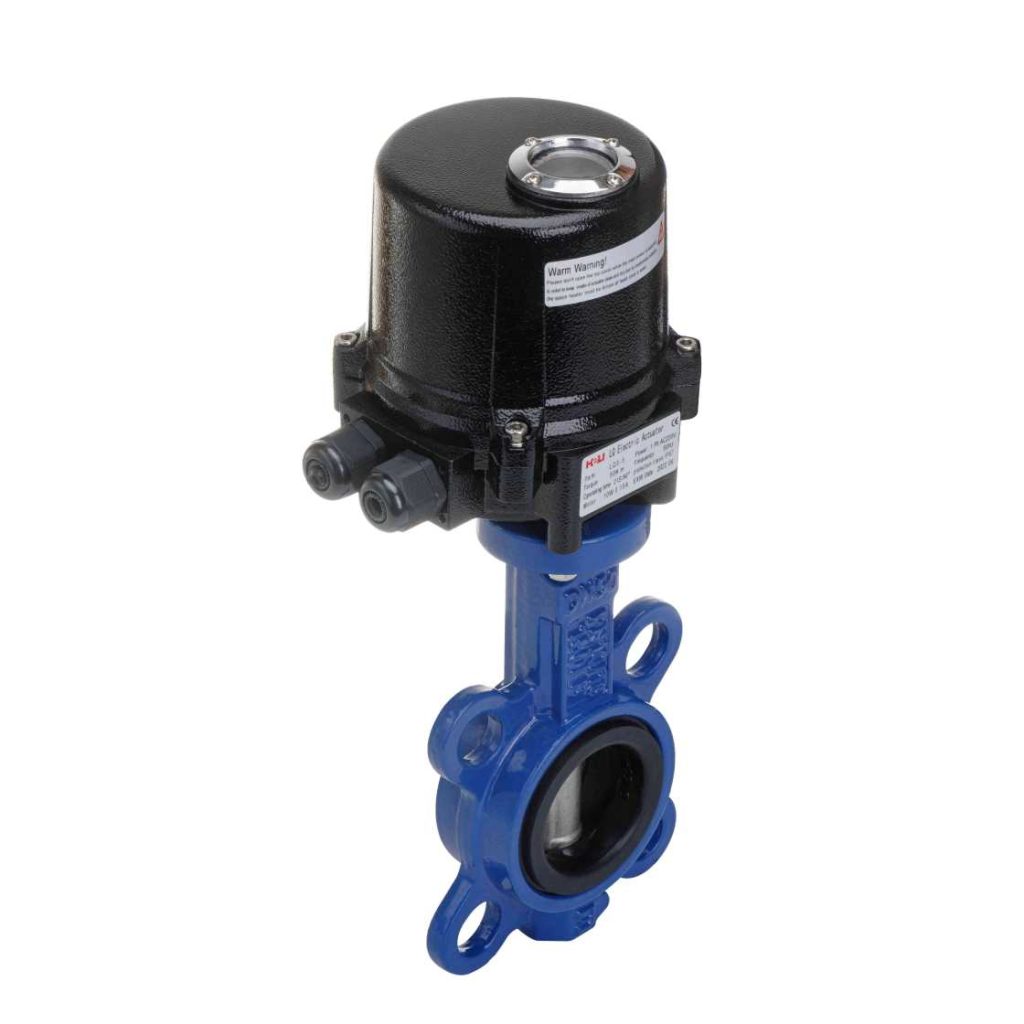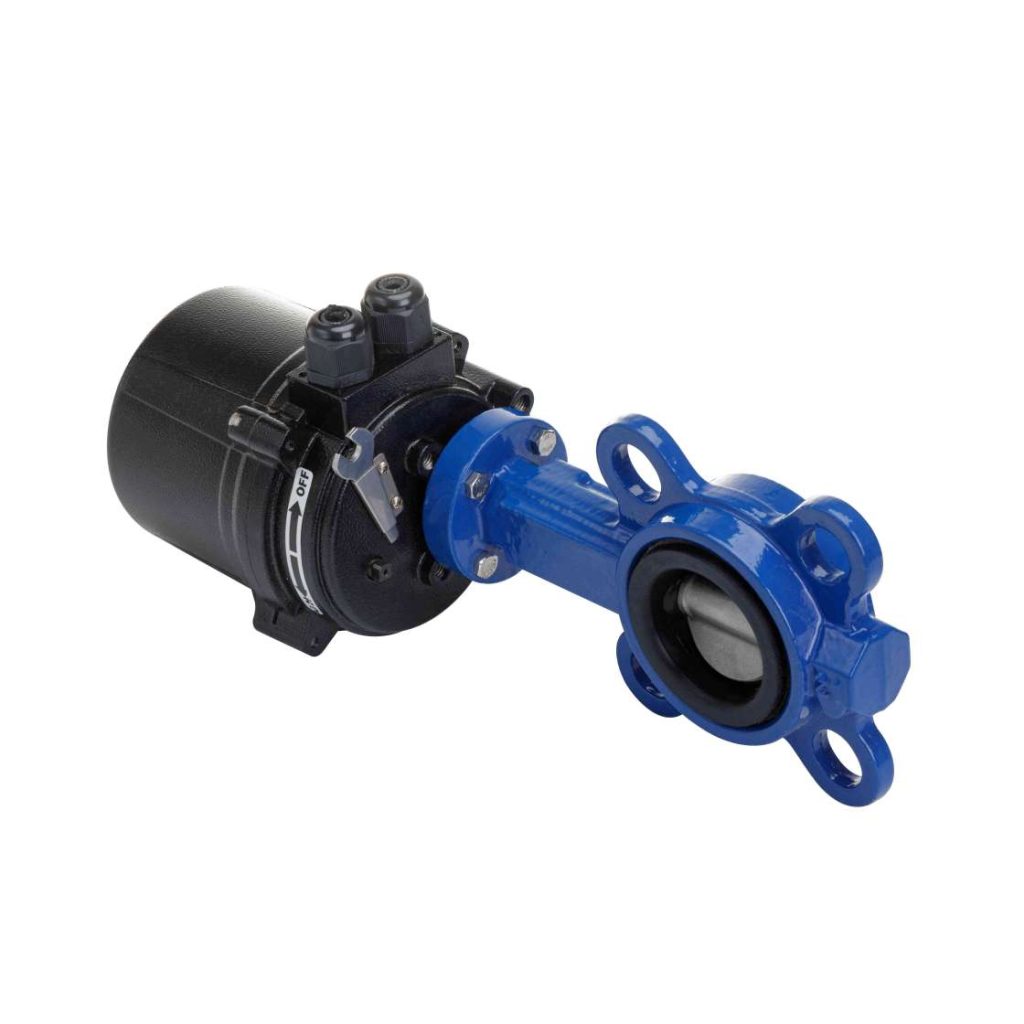In the world of modern agriculture, irrigation plays a crucial role in ensuring the consistent growth and productivity of crops. One of the most vital components in irrigation systems is the valve, which controls the flow of water throughout the system. Among the various types of valves used in irrigation systems, the WCB Electric Butterfly Valve has gained significant popularity due to its efficiency, reliability, and ease of operation. In this article, we will explore the features, benefits, and applications of the WCB Electric Butterfly Valve in agricultural irrigation.

What is a WCB Electric Butterfly Valve?

A butterfly valve is a type of flow control device used to regulate the flow of liquids or gases through a pipe. The valve consists of a disc or vane that rotates around an axis, opening or closing the passage. When the valve is fully open, the disc lies parallel to the pipe, allowing fluid to flow freely. When the valve is closed, the disc is perpendicular to the pipe, effectively blocking the flow. The “WCB” in the WCB Electric Butterfly Valve refers to the material used in its construction: Wrought Carbon Steel. This material is known for its durability, strength, and resistance to wear and tear, making it ideal for applications in demanding environments such as agricultural irrigation systems.

Leave a Reply